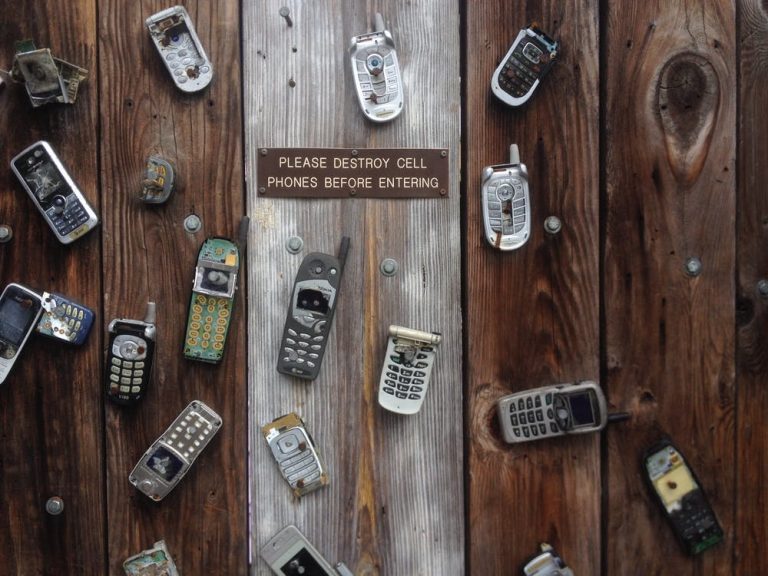
Cleaning is supposed to make us healthier, but many common cleaning solutions are made with toxins that can cause asthma, allergies and other serious health concerns. Fortunately, there are many ways to clean your home without using these toxins. Follow these tips from the experts at PathoSans cleaning to choose and use products that are safer for you, your pets and the environment.
Purge Your Cleaning Products
Walking down the cleaning product aisle of any store may make you think you need loads of specialty formulas to get your house squeaky clean, but an all-purpose cleaner is enough for most tasks. Simply limiting the number of cleaning products in your arsenal is an effective way to limit the toxins in your home.
Make Your Own
Taking a DIY-approach to cleaning puts you in control of ingredients. A combination of white vinegar, baking soda and liquid soap can tackle nearly any task, from wiping down counters to cleaning toilets. To make an all-purpose cleaner that can replace many specialty products, mix equal parts water and white vinegar in a spray bottle. Use it on virtually any hard surface in your home to make it shine.
Check Labels Carefully
The labels of cleaning products are often loaded with warnings. Seeing “danger” or “poison” on a label is a clear sign you should avoid a product, but labels also often contain vague declarations of being “non-toxic” or “eco-friendly.” The use of these terms isn’t well-regulated, so double-check your products with organizations like Design for the Environment before bringing them home.

Choose Fragrance-Free Products
One of the greatest allergy and asthma triggers in cleaning products is fragrance. If you’re trying to rid your home of unpleasant smells, tackle the problem at the source instead of masking it with artificial fragrances.
Disinfect Carefully and Rarely
Commercial cleaning product manufacturers want you to think that everything needs to be disinfected regularly, but if you are in general good health, disinfection is often necessary. If you do need to disinfect when someone in your household is sick or a surface is contaminated, reach for chlorine bleach instead of an antimicrobial chemical solution. Use bleach sparingly, and always follow instructions to make sure it does the job correctly.
Changing your habits can reduce the need for frequent disinfection. For example, designating separate cutting boards for meat and for vegetables will reduce cross-contamination and bacteria. Soaking your sponges in boiling water once a week will reduce germs, and replacing them when needed can keep your home cleaner and healthier.
Choose Companies that Value Transparency
If you are buying cleaning products instead of making them at home, only purchase formulas whose ingredients are listed on the label. If you don’t know what is in a product, you can’t evaluate its safety.
Store and Dispose of Chemicals Safely
Chemicals can pose a hazard even when you aren’t using them. Keep all cleaning products away from children, and consult your city’s waste collection department for the best ways to dispose of them.
Commit to a Toxic-Free Future
Reducing your chemical usage and replacing your cleaning products with safer, more eco-friendly alternatives is an important step toward creating a less toxic world. Take the next step by advocating for responsible companies and legislation that reflects consumer demand for healthier products. To learn more about how you can help, sign up for our newsletter today.



